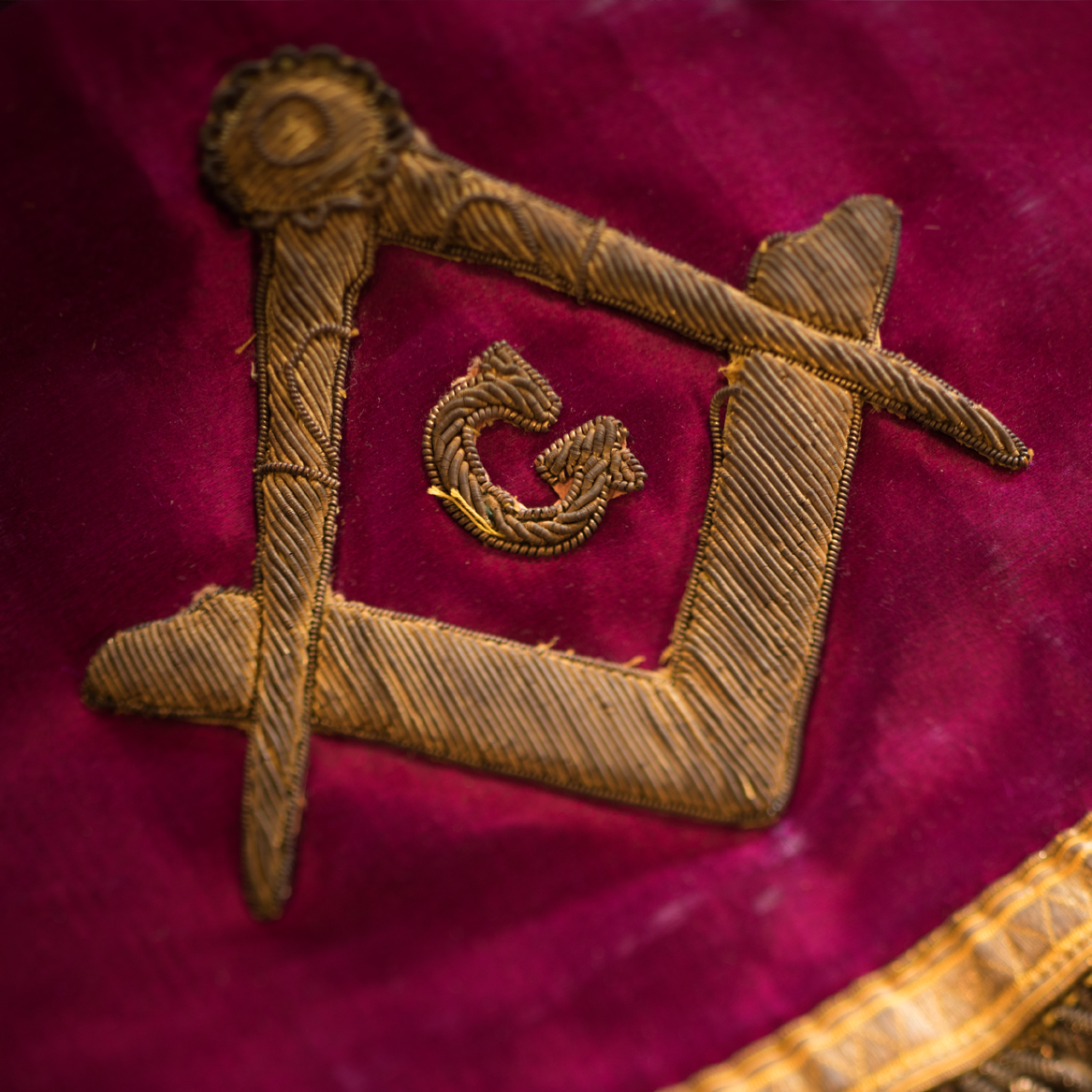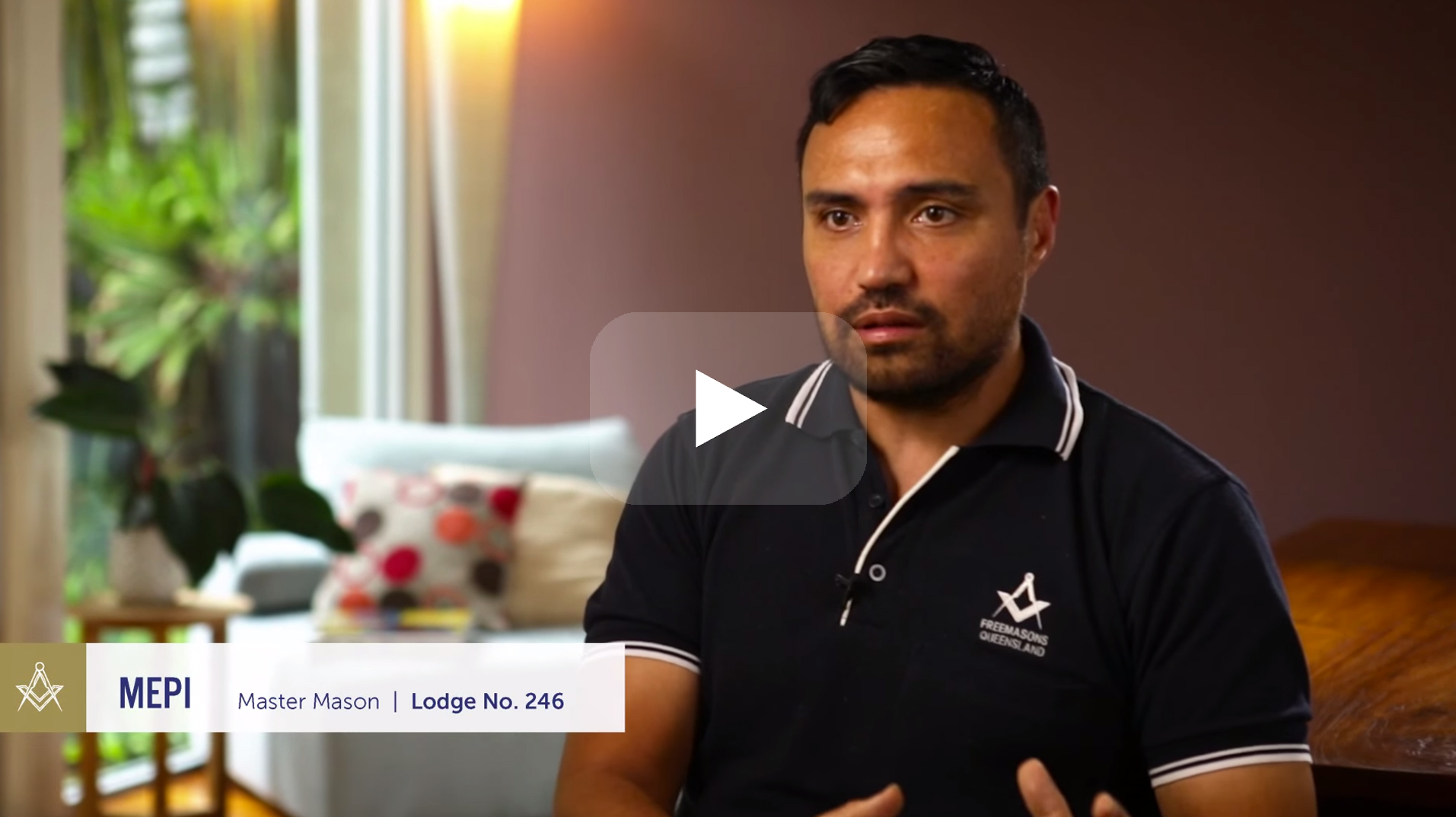Insider Tips on How to Successfully Join Freemason in Your Area
Insider Tips on How to Successfully Join Freemason in Your Area
Blog Article
Discover the Tricks Behind the copyright and Their Impact on Society
The copyright, commonly shrouded in misconception and supposition, offers a remarkable instance study of how historic ideals can morph into modern-day conspiracy concepts. As we discover its beginnings, impact on cutting edge idea, and portrayal in contemporary society, we start to discover the layers of intrigue that continue to mesmerize society.
Origins of the copyright
The copyright, frequently shrouded in secret and conjecture, traces its origins back to the late 18th century. Known as the Bavarian copyright, the company's primary goal was to counter the pertinent impact of religious conviction and advertise intellectual discussion amongst its members.
The copyright embraced an ordered framework, drawing inspiration from Freemasonry, which permitted secretive meetings and rituals. Membership was careful, encompassing significant figures from various areas, including politics, philosophy, and scientific research. This elite network sought to impact social and political change with private ways, supporting for the legal rights of people and the betterment of culture.

Trick Myths and Mistaken Beliefs
Among the allure of privacy bordering the copyright, numerous myths and mistaken beliefs have actually arised, typically misshaping the team's real nature and objectives. One common misconception recommends that the copyright regulates the world's governments and economic climates. While it holds true that the team intended to affect social structures, the notion that it operates as a cohesive worldwide puppet master is mainly overstated.
An additional usual misconception is that all members of the copyright possess large riches and power. Actually, the initial copyright made up pundits and Knowledge thinkers, a number of whom looked for reform instead of supremacy. The idea that the copyright solely recruits celebrities and political figures is deceiving; membership has actually traditionally consisted of a varied variety of individuals.
Furthermore, conspiracy theories often paint the copyright as an evil-minded company bent on worldwide domination via rotten methods. This portrayal neglects the group's initial goals, which centered on promoting sensible idea and combating religious fascism. The conflation of the copyright with modern conspiracies perpetuates misconception, obscuring the historical context and advancement of the group's ideals. Hence, separating reality from fiction is necessary for a clearer understanding of the copyright's role in culture.
Historical Impact on Society
Throughout background, various intellectual activities have exceptionally influenced societal frameworks, and the copyright played a significant duty during the Knowledge. Founded in 1776 in Bavaria, the copyright aimed to advertise reason, secularism, and the wondering about of established authority, countering the prominence of religious conviction. This company attracted influential thinkers and advocates of liberty, promoting an environment for the circulation of Enlightenment suitables.
The copyright's principles championed logical idea and empirical proof, which contributed to the wider intellectual landscape that urged social reform and political change. Members looked for to improve culture by advocating for education, flexibility of expression, and the splitting up of church and state. Their private nature and ambitious agenda stimulated both intrigue and uncertainty, leading to their eventual suppression by the Bavarian government in 1785.
Regardless of their dissolution, the heritage of the copyright persisted, influencing innovative motions throughout Europe and the Americas (join freemason). Their dedication to knowledge concepts helped prepare for contemporary democratic suitables and human civil liberties, leaving a long-term imprint on the structures of modern society. The attraction of their secretive events my site and thoughtful searches remains to astound the creative imagination, emphasizing their historic significance
Modern Interpretations and Beliefs
Contemporary interpretations of the copyright typically blend historic reality with conspiracy theories, developing an intricate tapestry of beliefs that capture preferred creative imagination. While the original copyright was a Bavarian secret society started in 1776 with Enlightenment ideals, modern-day beliefs have advanced to include a you could try here broad array of analyses, typically concentrating on motifs of control and secrecy.
Many advocates of copyright theories insist that a powerful elite adjusts worldwide events, affecting politics, business economics, and culture to offer their interests. This viewpoint is often fueled by a question of governmental and monetary establishments, causing the belief that a hidden hand orchestrates social outcomes. The web has magnified these interpretations, with social networks platforms serving as abundant ground for the dissemination of conspiracy theory theories.
Moreover, some modern interpretations assume that the copyright works as an allegory for the struggle between knowledge and lack of knowledge, with advocates advertising recognition and vital reasoning as a means to combat regarded oppression. This duality-- checking out the copyright as both an actual and symbolic entity-- illustrates the continuous attraction with the concept, showing much deeper societal stress and anxieties concerning power, transparency, and private freedom in the contemporary globe.
The copyright in Pop Culture

In literary works, writers like Dan Brown have actually made use of the copyright to weave complex plots full of suspense and historical recommendations, stimulating public attraction. Movies such as "Angels & Demons" and "The Da Vinci Code" better amplify this allure, portraying the copyright as an organization with significant influence.
Music, as well, has been influenced by the idea of the copyright. Musicians like Jay-Z and Beyoncé have actually dealt with supposition concerning their affiliations with the culture, prompting conversations regarding significance in their work and the nature of fame.
Visual art usually integrates copyright themes, with musicians utilizing icons like the Eye of Divine superintendence and the pyramid to stimulate a feeling of secret. Via these numerous tools, the copyright serves not just as a subject of speculation yet additionally as a lens through which society examines its own complexities and concerns.
Verdict
To conclude, the copyright stands for an interesting intersection of Enlightenment perfects and modern societal fears regarding power and control. While its historic influence on innovative movements and autonomous principles is notable, the misconceptions and false impressions that have actually emerged frequently overshadow its real legacy. The long-lasting intrigue surrounding the copyright, particularly within pop culture, highlights ongoing anxiousness regarding openness and authority, making sure that this enigmatic group continues to be a subject of both academic rate of interest and public attraction.
Report this page